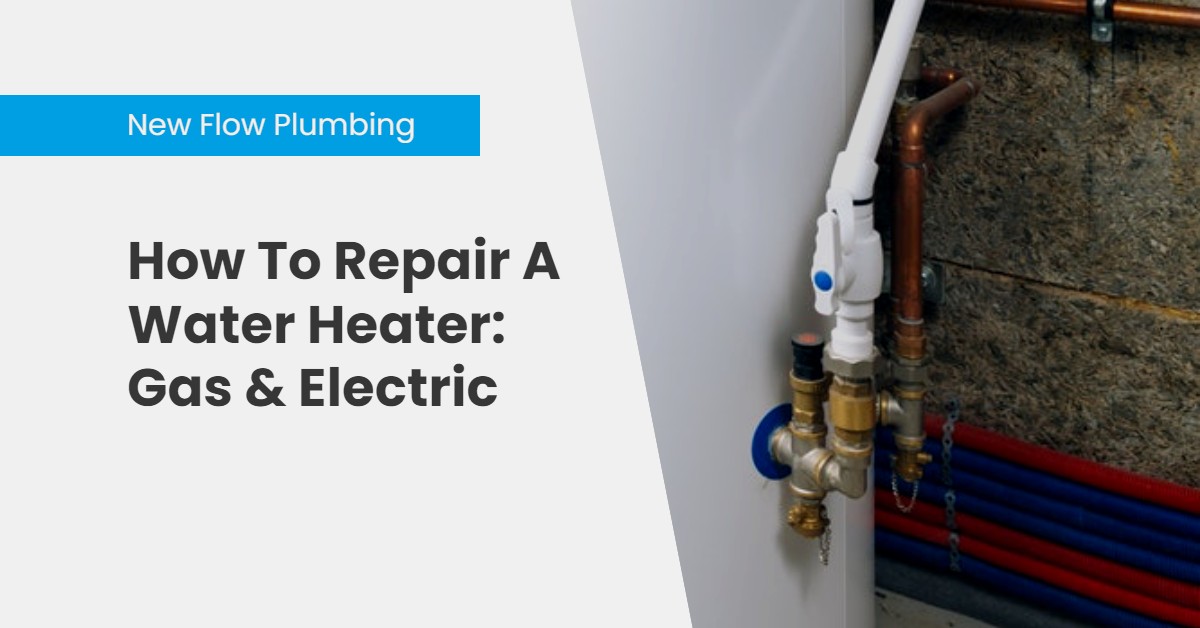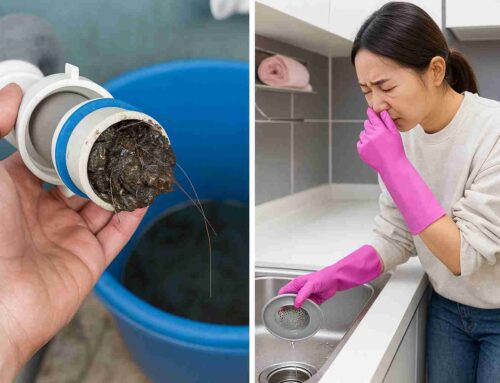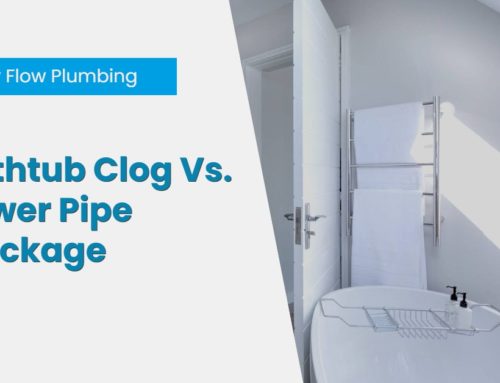Repairing a water heater, whether gas or electric, starts with identifying the cause of the problem, ensuring safety, and following step-by-step solutions specific to your model. For gas heaters, most issues involve the pilot light, burner, or sediment buildup inside the tank. For electric models, the thermostat, heating elements, or mineral deposits are usually to blame. By learning how to inspect, clean, or replace these parts safely, you can restore hot water, improve energy efficiency, and extend the life of your water heater without always calling a professional.
How a Water Heater Works
A water heater works by heating cold water and keeping it hot until you need it. Gas models use a burner at the bottom of the tank powered by natural gas or propane, while electric models use heating elements inside the tank. A built-in thermostat controls the temperature in both systems. The heated water is stored in an insulated tank to prevent heat loss and flows through your pipes whenever you turn on a faucet or shower. Understanding these basics makes it easier to spot what might be wrong when your water heater stops working properly.
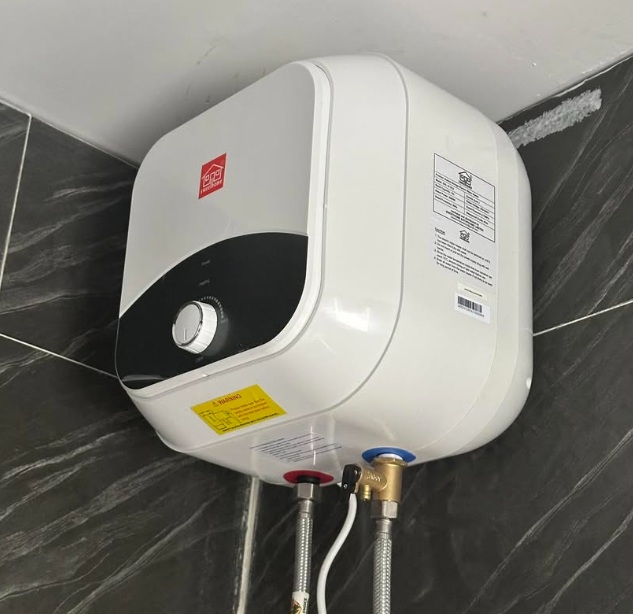
Common Water Heater Problems and What They Mean
Not every issue requires professional help. Understanding what your water heater is trying to tell you is half the battle. Here are some common signs and their possible causes:
Each symptom gives clues about what needs fixing, whether it’s a small part or a full system flush.
How To Repair An Gas Water Heater
Gas water heaters are dependable, but their flame-based systems mean they sometimes develop problems related to ignition, gas flow, or sediment buildup. Understanding how these issues happen and how to fix them safely can help you restore heat quickly and avoid expensive service calls.
1.1 The Pilot Light Won’t Stay Lit
If your water is not heating at all, the first thing to check is the pilot light. This small flame is what ignites the main burner that heats your water. When it keeps going out, your water heater cannot function. Start by ensuring the gas valve is fully open and supplying fuel. If gas flow is not the issue, dirt or dust may have clogged the pilot orifice, making the flame unstable. Cleaning this area carefully can often fix the problem. Sometimes, a faulty thermocouple, a thin metal sensor that detects the pilot flame, shuts off the gas as a safety measure when it does not sense heat. Replacing the thermocouple usually solves the issue and allows the pilot to stay lit consistently.
1.2 Burner or Igniter Issues
If your pilot light burns normally but the water remains cold, focus on the burner or igniter. Over time, the burner can collect soot, rust, or debris, preventing the flame from burning cleanly and efficiently. Removing the burner assembly and gently cleaning it with a brush can help restore proper heating. You should also inspect the igniter. If it fails to spark when the unit tries to light, it is likely worn out. Replacing a faulty igniter is a straightforward repair that often brings the heater back to full function.
1.3 Sediment Buildup and Tank Flushing
Another common problem with gas heaters is sediment buildup. Minerals from hard water settle at the bottom of the tank, causing popping sounds, uneven heating, or overheating. To fix this, turn off both the gas and water supply, attach a hose to the drain valve, and direct it outside or into a drain. When you open the valve, the water flowing out will carry sediment with it. Keep draining until the water runs clear, then close the valve, refill the tank, and relight the pilot light. Performing this maintenance once or twice a year improves efficiency and prevents long-term damage.
How To Repair An Electric Water Heater
Electric water heaters use heating elements instead of gas flames, but they can fail just as easily from electrical or mineral-related issues. Most problems involve the thermostat, heating elements, or internal scale buildup that limits performance.
2.1 Resetting the Thermostat or High-Temperature Cutoff
When there is no hot water at all, start with the thermostat or high-temperature cutoff switch. First, turn off the power at the circuit breaker to stay safe. Remove the access panel and press the red reset button on the thermostat. This resets the system and often restores heat within a few minutes. If it trips again shortly afterward, the thermostat may be faulty or the heating element may be drawing too much current. Either way, replacement of the faulty part will restore proper operation.
2.2 Testing and Replacing Heating Elements
If resetting the thermostat does not help, the next step is to test the heating elements. These are the components that directly warm the water, and they can burn out over time. After turning off the power, remove the covers and use a multimeter to check for electrical continuity. If there is no reading, the element has failed. Drain the tank, unscrew the damaged element, and install a new one. Once refilled and powered back on, the heater should begin producing hot water again. This simple repair often resolves complete heating failures without professional help.
2.3 Dealing with Sediment and Scale
Electric water heaters also suffer from sediment buildup and mineral scale, especially in areas with hard water. These deposits cling to the heating elements and tank walls, forcing the unit to use more electricity to reach the same temperature. Flushing the tank every six to twelve months removes most of the buildup. For heavier scaling, you can fill the tank with a mixture of water and white vinegar, let it soak for a few hours, then flush it clean. This process not only improves heating efficiency but also reduces wear on your heater’s components.
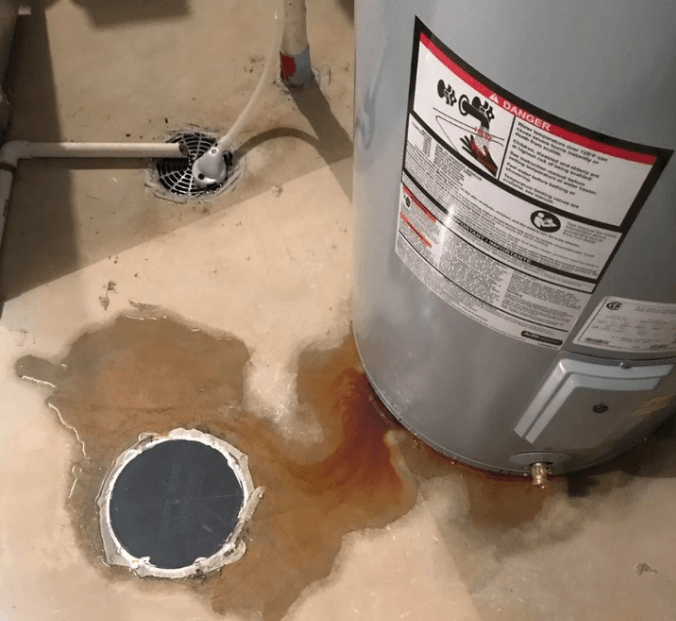
Fixing Leaks and Replacing Valves
Water heater leaks usually come from loose fittings, worn valves, or internal corrosion. Start by checking all connections and tightening them if needed. If the drain valve is dripping, replacing it with a brass one often solves the problem. Also inspect the pressure relief valve, which prevents dangerous pressure buildup; if it’s leaking, it should be replaced right away. However, if the tank itself is leaking, the inner lining has likely corroded, and the only safe fix is to replace the entire unit.
When to Repair and When to Replace
Knowing when to repair or replace your water heater can save you both time and money. If your unit is between eight and twelve years old, needs frequent repairs, or your energy bills keep rising, it may be nearing the end of its life. Tank corrosion is another clear sign that replacement is necessary since rust cannot be repaired safely. While repairs can handle small issues, investing in a modern, energy-efficient water heater often pays off through lower energy costs, fewer breakdowns, and more reliable performance over the long run.
Conclusion: Warm Water, Peace of Mind
Repairing a water heater becomes much simpler once you understand how it works and what to look for when problems arise. Simple actions like relighting a pilot light, replacing a heating element, or flushing out sediment can quickly restore your system’s performance and prevent costly damage. Regular maintenance also extends your heater’s lifespan, improves energy efficiency, and ensures steady hot water when you need it most.
If a repair ever feels unsafe or too complex, it’s always best to call in experts like New Flow Plumbing, a trusted company with industry experience in diagnosing, repairing, and maintaining both gas and electric water heaters. Their professional team can handle everything from leaks to full replacements, giving you reliable service and peace of mind knowing your water heater is in good hands.
FAQs

Arman Grigoryan
Founder & President of New Flow Plumbing
Arman Grigoryan is the founder and president of New Flow Plumbing, proudly serving Los Angeles, Sacramento, and surrounding areas. With extensive experience in plumbing diagnostics, he leads a skilled team specializing in advanced sewer and drain camera inspections to quickly identify problems and deliver lasting solutions. Arman is dedicated to using the latest technology to provide reliable service, honest answers, and dependable results for every customer.

